We use cookies to help you navigate efficiently and perform certain functions. You will find detailed information about all cookies under each consent category below.
The cookies that are categorized as "Necessary" are stored on your browser as they are essential for enabling the basic functionalities of the site. ...
Necessary cookies are required to enable the basic features of this site, such as providing secure log-in or adjusting your consent preferences. These cookies do not store any personally identifiable data.
Functional cookies help perform certain functionalities like sharing the content of the website on social media platforms, collecting feedback, and other third-party features.
Analytical cookies are used to understand how visitors interact with the website. These cookies help provide information on metrics such as the number of visitors, bounce rate, traffic source, etc.
Performance cookies are used to understand and analyze the key performance indexes of the website which helps in delivering a better user experience for the visitors.
Advertisement cookies are used to provide visitors with customized advertisements based on the pages you visited previously and to analyze the effectiveness of the ad campaigns.
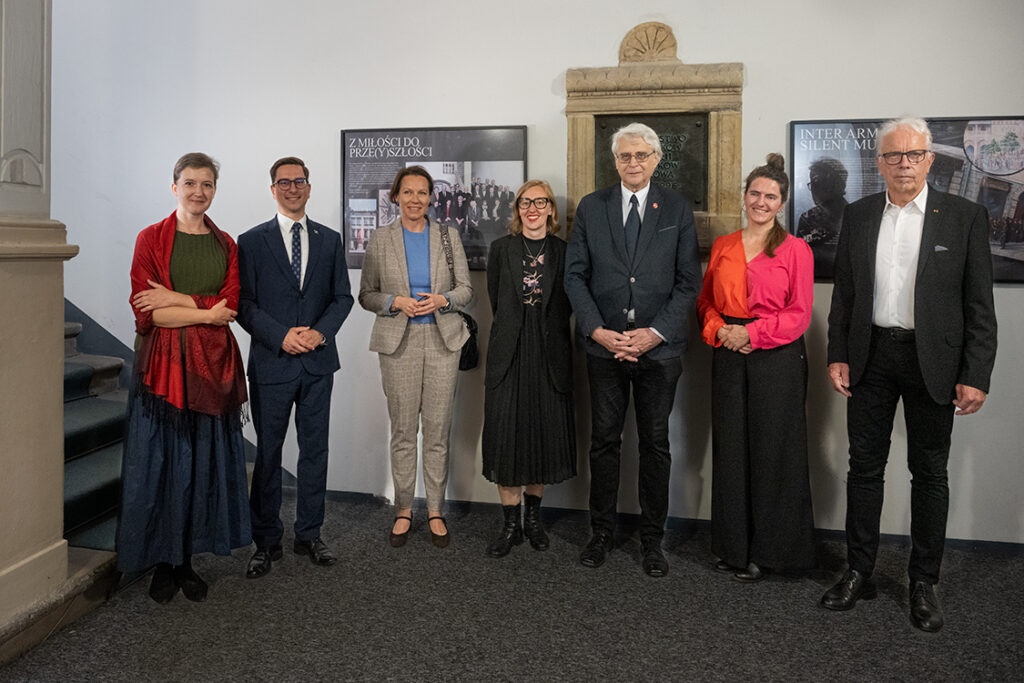
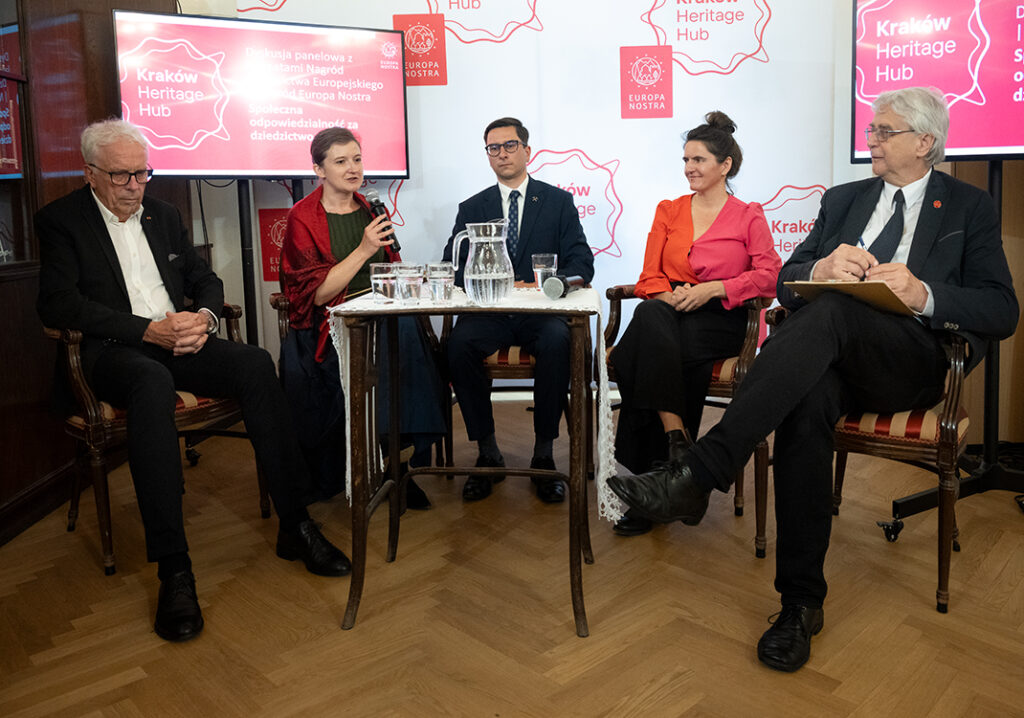

These prestigious awards are given to organizations, institutions, and individuals implementing projects in the field of cultural and natural heritage, as well as those working towards preservation, education, promotion, and better solutions for the heritage sector. The winners were selected by an international panel of experts chaired by Prof. Jacek Purchla, Vice-President of Europa Nostra. The announcement of the laureates took place on 4 June 2024, at the Europa Nostra Heritage Hub in Krakow. The event also featured a panel discussion with the awardees titled “Social Responsibility for Heritage,” led by Prof. “Social Responsibility for Heritage,” led by Prof. Jacek Purchla and Dr. Katarzyna Jagodzińska, head of the Krakow Europa Nostra Hub.
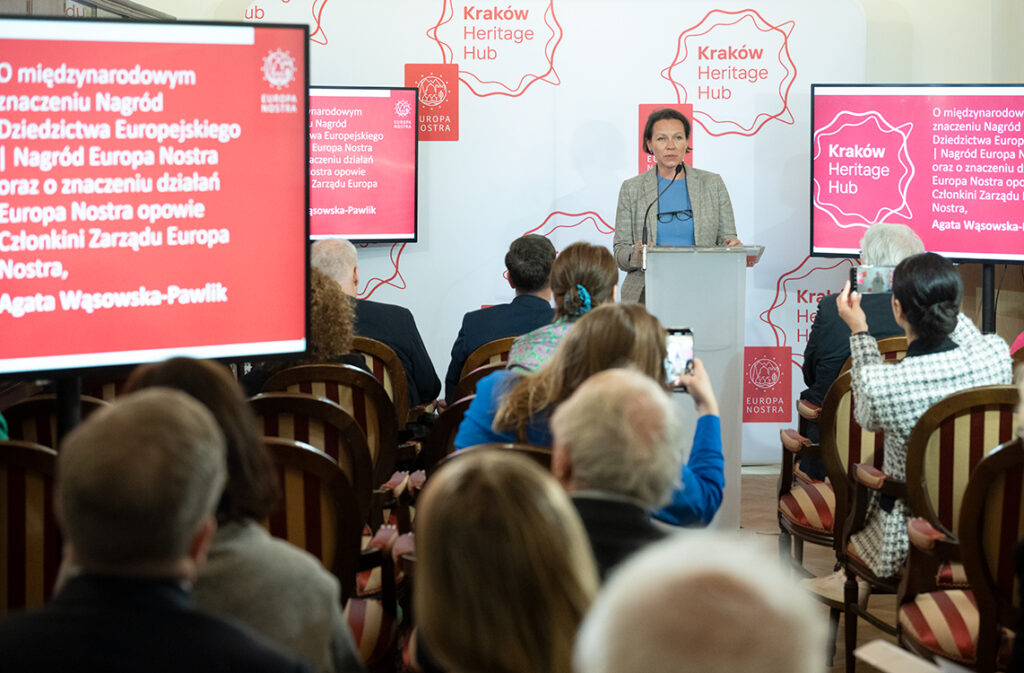
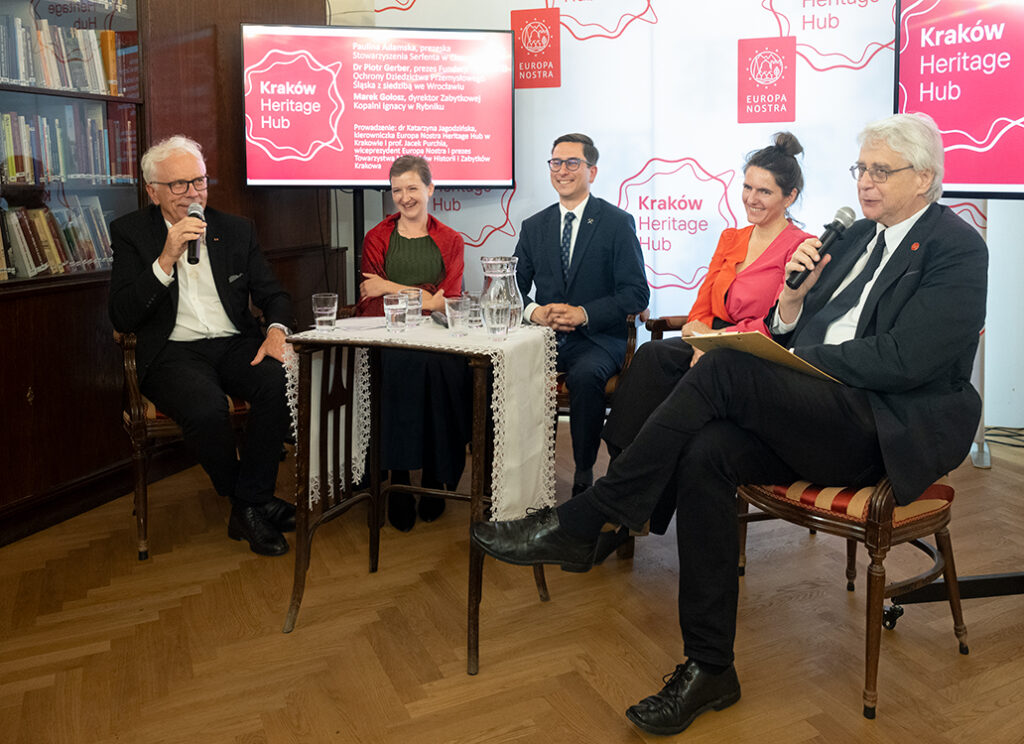
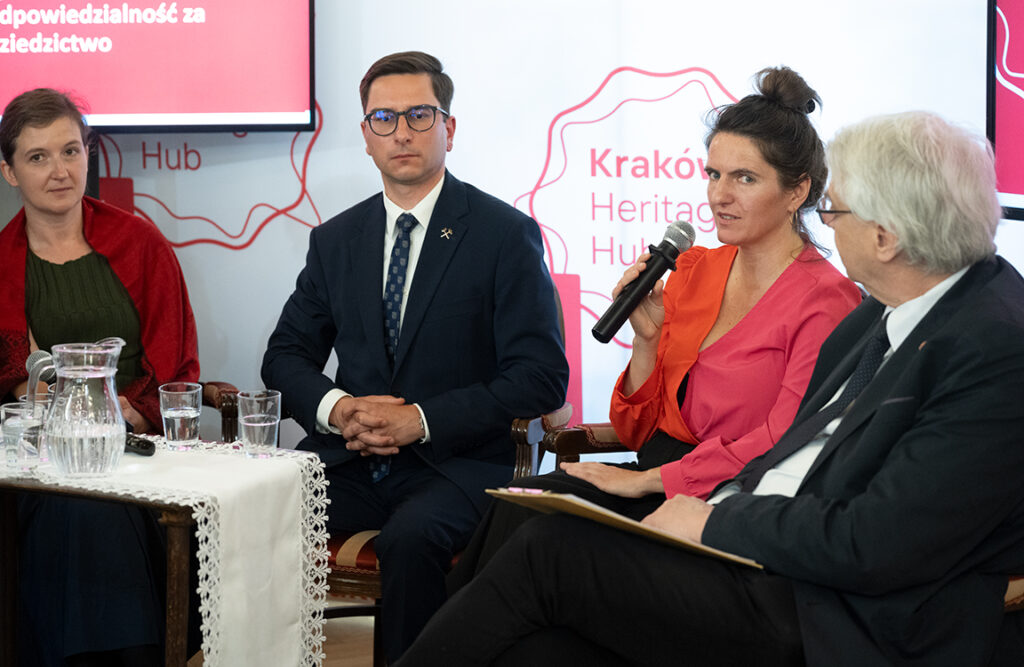
The winners will be honored during the European Heritage Awards ceremony on 7 October 2024, at the Romanian Athenaeum, the most prestigious concert hall in Bucharest. During the ceremony, the Grand Prix laureates and the winner of the Public Choice Award, selected from this year’s laureates, will be announced. The Grand Prix and Public Choice Award winners will each receive €10,000. The ceremony will be the culmination of the European Cultural Heritage Summit 2024), held from 6-8 October in Bucharest under the patronage of the President of Romania, H.E. Klaus Iohannis.
We encourage you to vote online for the project you believe should receive the Public Choice Award. Votes can be cast until 22 September 2024.
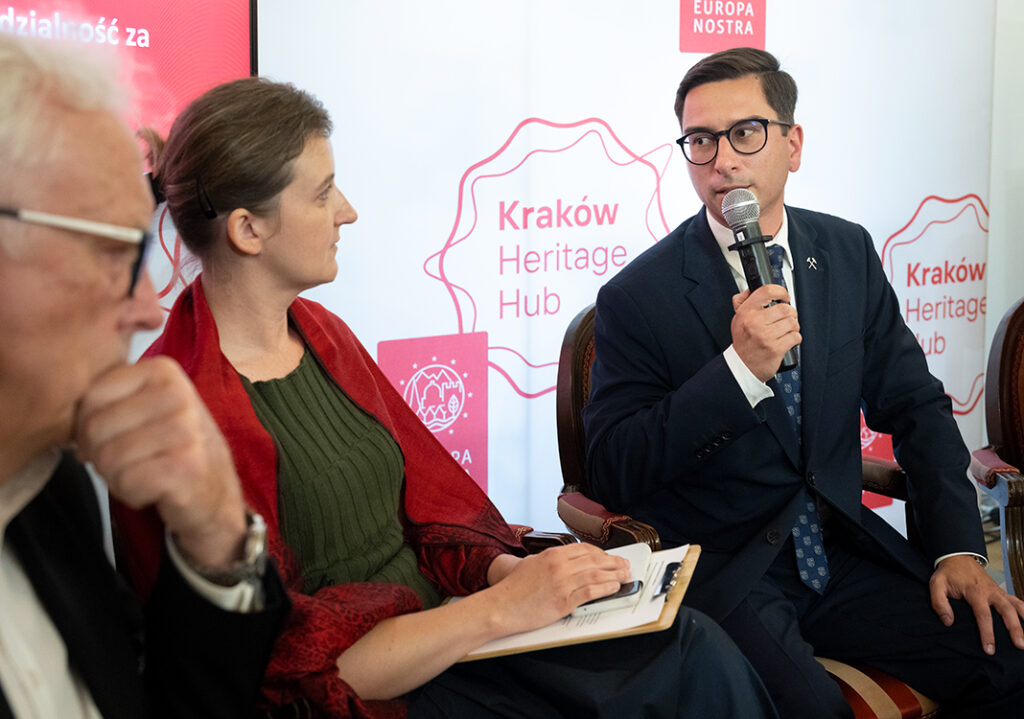

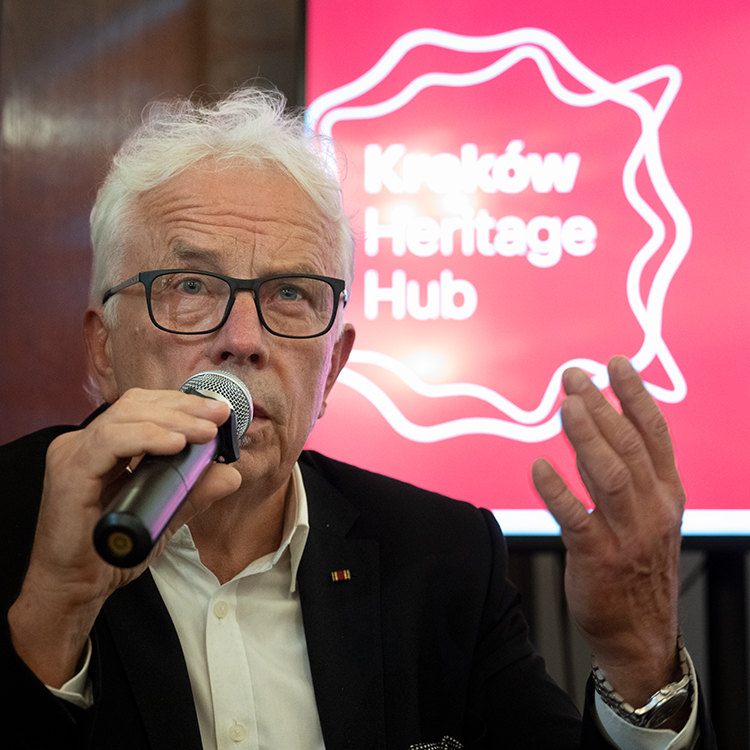

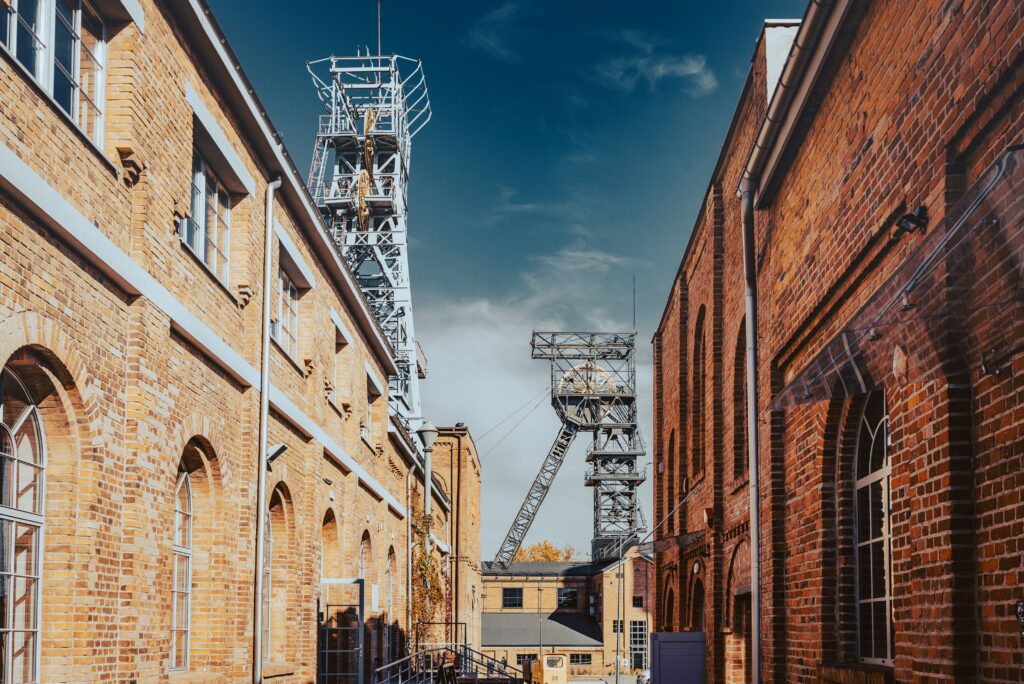
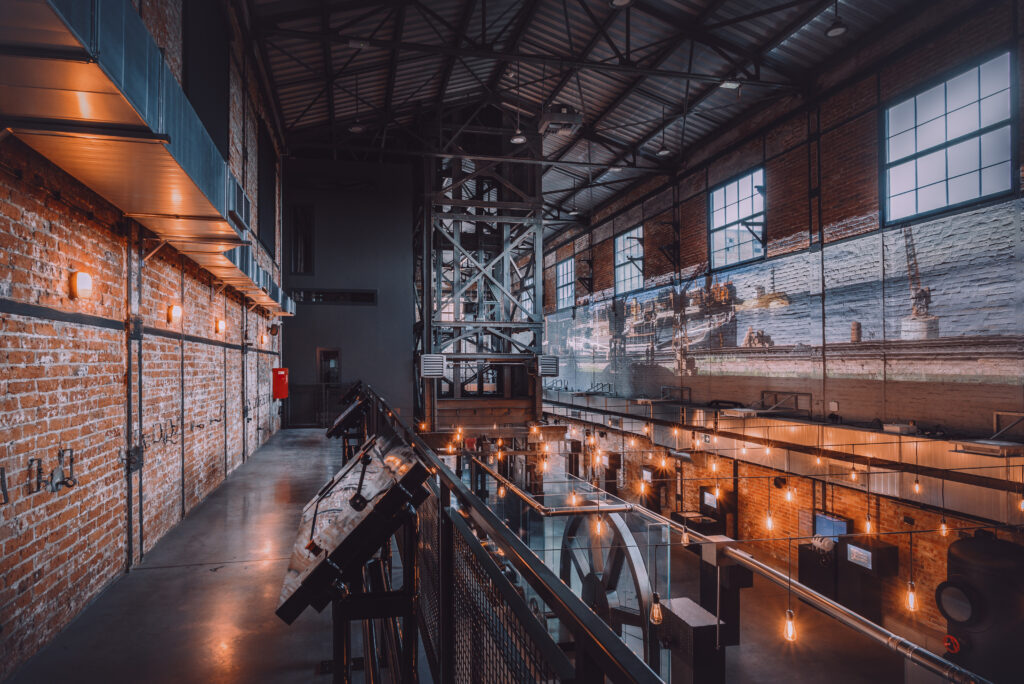
This is a unique renovation project on the site of a former coal mine, one of the oldest in Poland, founded in 1792. Thanks to the combined efforts of former miners, the city of Rybnik, the Polish state, and EU funds, the complex, closed between 2006 and 2008, has been preserved and adapted for cultural and recreational purposes.
The restoration of the mine began in 2018. Firstly, the main complex and its unique equipment were preserved. The work included comprehensive renovation of the existing building structures and modernization of the sanitary and electrical installations to adapt the site to its new functions. A connecting building was constructed as an entrance to the complex with a reception and information point. The most remarkable part was the restoration of a century-old steam engine, which now operates at full capacity.
Additionally, the project aimed to create spaces for social engagement and recreation. The former power plant building, converted into a meeting hall, now serves as a community gathering place, including for associations of retired miners. Finally, the project opened the Historic Ignacy Mine to tourists. Visitors can now explore an interactive exhibition housed in the Kościuszko shaft buildings, delving into the roots of the industrial revolution and the significance of inventions like the steam engine in shaping Europe’s global impact.
According to the Jury, “by investing in effective communication and community engagement, the project not only revitalized the physical landscape but also strengthened the local community, fostering social cohesion, and even contributing to reduced crime rates.”
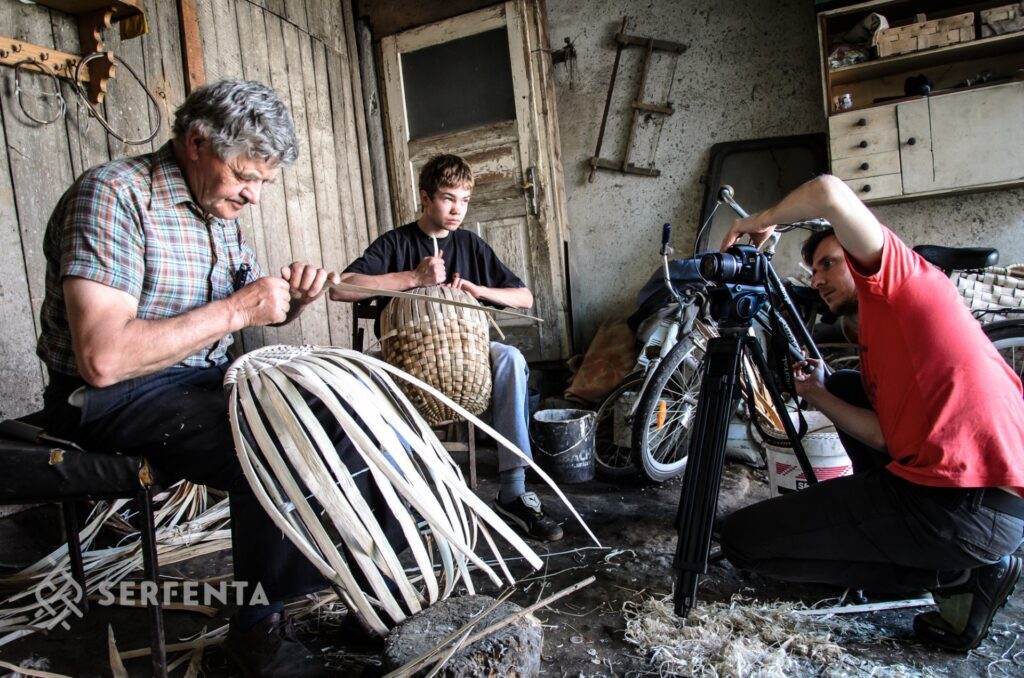
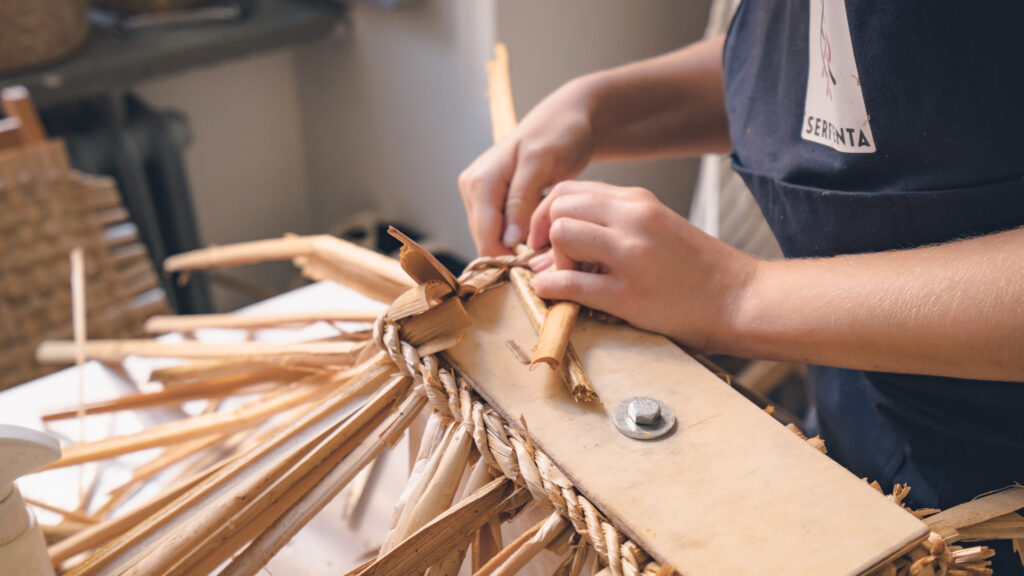
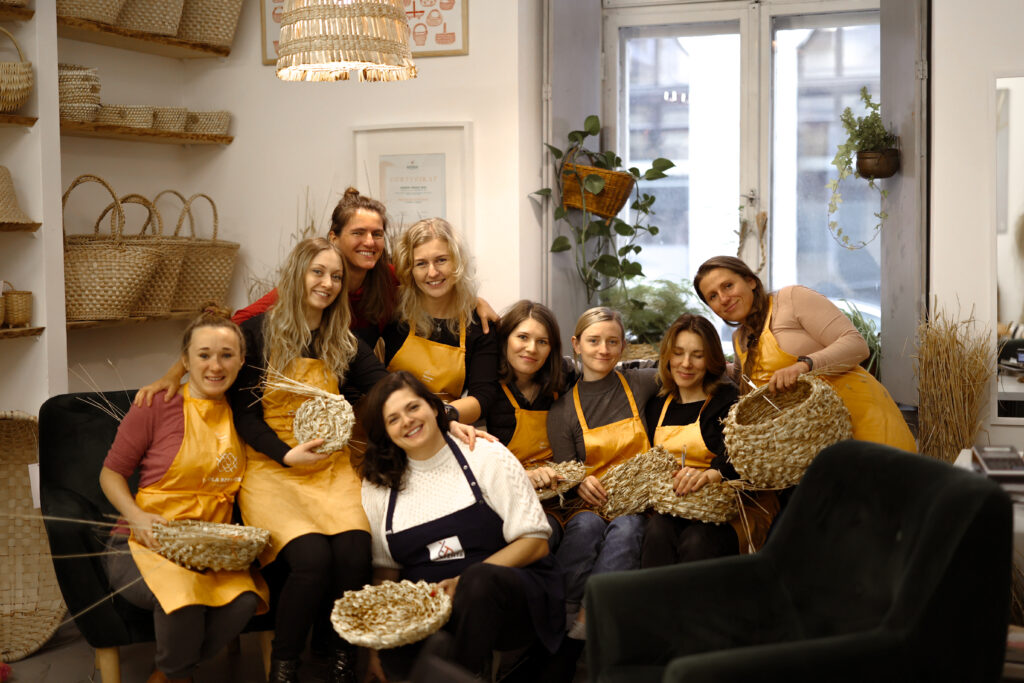
The heritage revitalization model developed and implemented by the Serfenta Association has been evolving for over fifteen years, with basketry at its core. Collaborating with craftsmen, designers, and individuals from Poland and other European countries, the Serfenta team tested new methods for effectively transmitting skills related to this intangible heritage.
Working with craftsmen, designers, and individuals of all ages, the Serfenta team experimented with new ways of bringing this heritage to the contemporary world. This was tested through offering various types of workshops and discovering what was most engaging for modern participants. Subsequently, further workshops, study trips, media campaigns, an online shop with craftsmen’s products, books and tools were developed, and access to natural, traditional weaving materials was created.
Thanks to these activities, over 100 craftsmen were invited to collaborate across Poland and other European countries. New teaching systems were developed for 10 traditional basketry techniques and 11 natural materials, and a network of cooperating institutions and partners from the cultural and business fields was built around the Model. Serfenta completed 30 projects dedicated to the protection and promotion of basketry, half of which had international reach.
“This initiative focuses on building awareness and understanding of the value of intangible heritage in a world overwhelmed by mass-produced goods made far from where they are consumed and from low-quality materials,” highlighted the Jury.
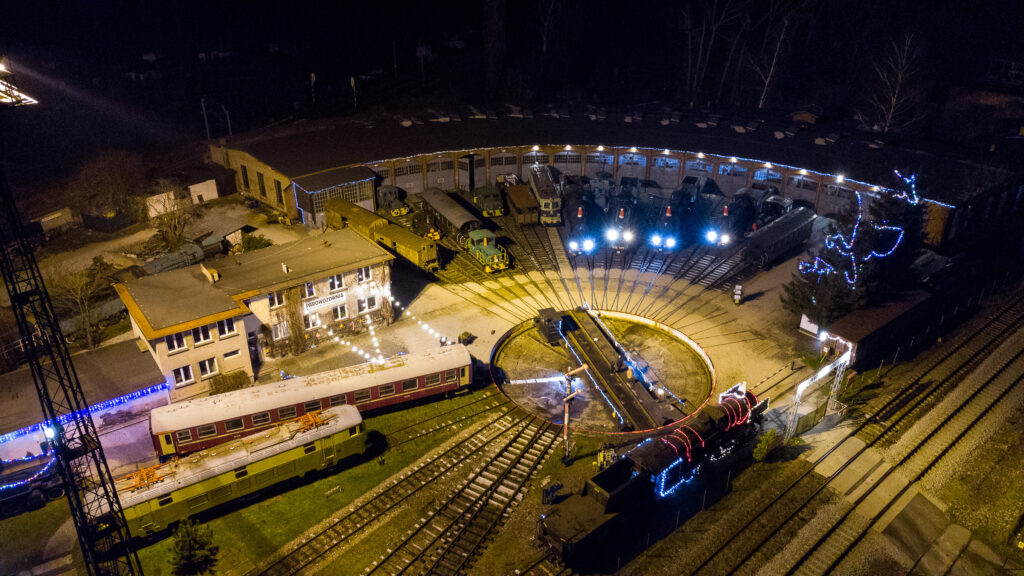
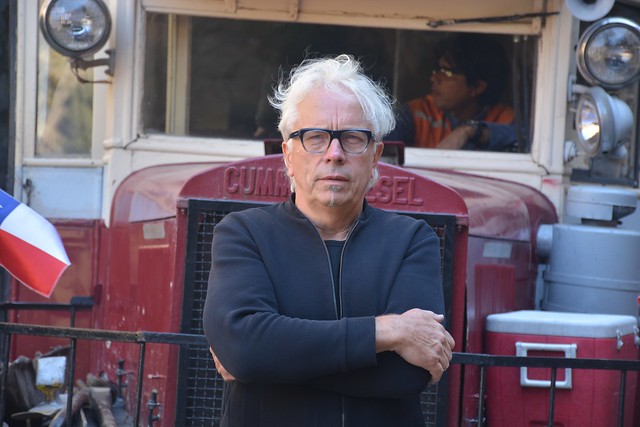

Piotr Gerber has dedicated his professional life to the protection of industrial heritage. Both in Poland and abroad, he has played a significant role in raising public awareness and understanding of the importance of technical and technological development.
In 2007, Piotr Gerber founded the Foundation for the Preservation of Industrial Heritage, which studies the history of industry in Lower and Upper Silesia, protects industrial material heritage, and educates about industrial development through heritage. One of Gerber’s most significant achievements is the purchase of seven industrial buildings in Silesia, Europe’s largest coal mining region. After purchase, the buildings underwent thorough conservation and were converted into museums, thereby securing their future and enriching the cultural life of the surrounding communities.
This year’s laureate places particular emphasis on authenticity – preserving the original architectural structure and using original machinery to present the historical technological process. All the sites he has saved still have working machines, maintained by former employees of these industrial plants.
Gerber has also had a significant impact on improving legislation concerning industrial heritage and is a co-author of conservation guidelines for industrial heritage assets, implemented by the Ministry of Culture and National Heritage. As the Jury noted,
“his activities include cross-border cooperation with experts, and his impact on Europe is significant as he highlights the importance of this heritage beyond Poland.”